-
Sylvhia.
User deleted
The Diamonds' Charm
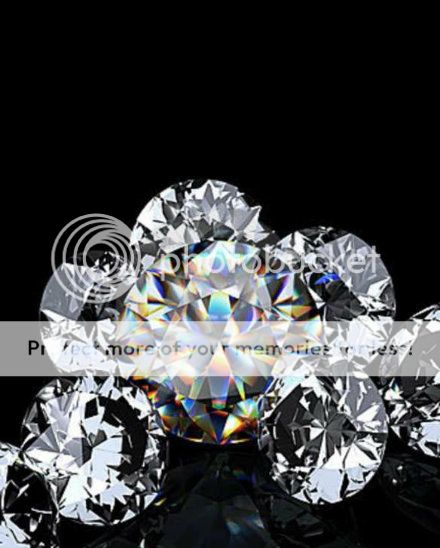
ll diamond is one of the many carbon allotropes; in particular, diamond is made from a crystal lattice of carbon atoms arranged in an octahedral structure.
They originate in the Earth's mantle, where there are very high pressure condition necessary for their formation. It is thought that the diamonds found on the surface originates from a depth between 150 and 225 km. The crystals are brought to the surface, embedded in a rock containing much olivine (called kimberlite)and conducted by the volcanic eruption. This gives rise to the chimney of diamondiferous primary deposits. Then, by erosion, the kimberlite can be crumbled, releasing the secondary diamond deposits, generally alluvial.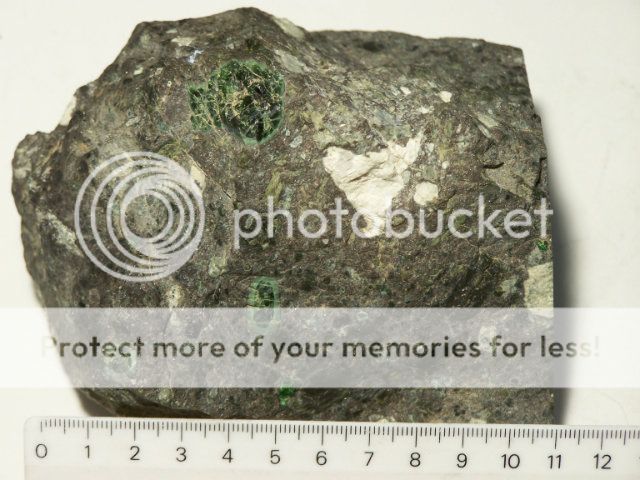
Kimberlite
Diamonds are crystallized modification of pure carbon. As they formed, such as oil, over millions of years, they are therefore an exhaustible mineral. The diamond crystals may have the shape of an octahedron or a hexakis octahedron, sometimes with curved faces. Sometimes, on the octahedron faces, there are stingrays, ie triangular incisions. Some budding can lead to triangle shaped beveled crystal dish. Other forms are the rhombicosidodecahedron and cubes; However, less rare, however, are hexakis octhaedron crystals, cubic and dodecahedral. There are also twinned crystals or tetrahedral symmetry.
Diamond Cullinan
The color is varied, as well as the size of the crystals, which very rarely exceed those of a hazelnut. The record size for a rough diamond is up to the Cullinan diamond, found in 1905 in the Premier Mine in South Africa. Perfect in clarity and color, weighed 3,025 carats (605 grams); cut into 105 carved stones, the largest weighing 516.5 carats and 309 (until 1988 the largest polished diamonds). Currently the largest polished diamond is the Golden Jubilee of 545.67 carats, found in 1985 in South Africa.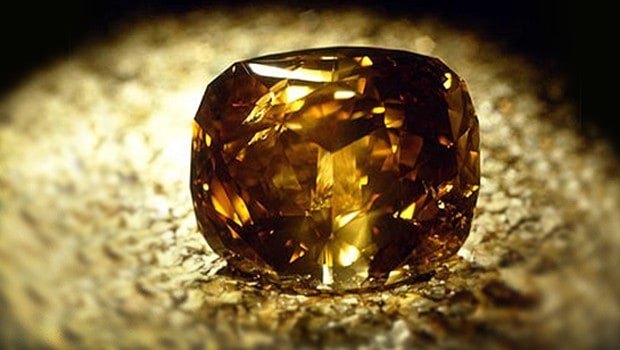
Golden Jubilee Diamond
Grazie alla sua durezza, il diamante può essere graffiato soltanto da altri diamanti ed è in grado di conservare la lucidatura per lunghi periodi di tempo: è quindi adatto ad essere indossato quotidianamente resistendo molto bene all'usura, e di conseguenza è ampiamente usato in gioielleria.
Thanks to its hardness, the diamond can be scratched only by other diamonds and it is able to keep the polishing for long periods of time: it is therefore suitable to be worn daily as it is very well wear-resisting, and therefore is widely used in jewelry .
The most famous diamonds in the worldIn addition to the Golden Jubilee and Cullinan there are other famous and precious diamonds
Diamond Hope
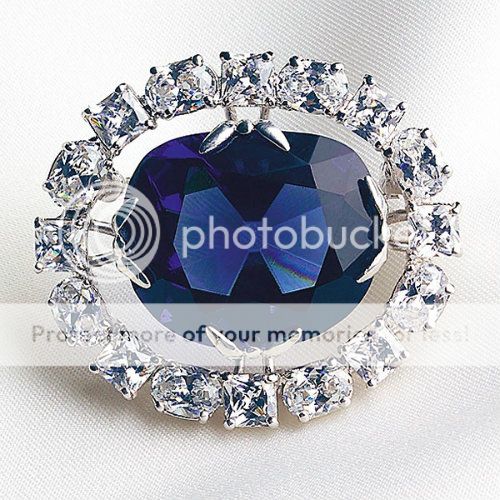
The Hope Diamond is a diamond has an unusual and deep blue color, weighing 44.5 carats (8.9 grams), is now preserved at the Smithsonian Natural History Museum (National Museum of Natural History, Smithsonian) in Washington.
It owes its fame not only to its exceptional beauty (although its size is largely superseded by other famous diamonds) but also to its sad reputation, it is said it give exceptional misfortune: except for a few owners - who, however, found themselves in all sorts of trouble - all those who have been able to boast the possession of the stone had disastrous fate.Dresden Green Diamond
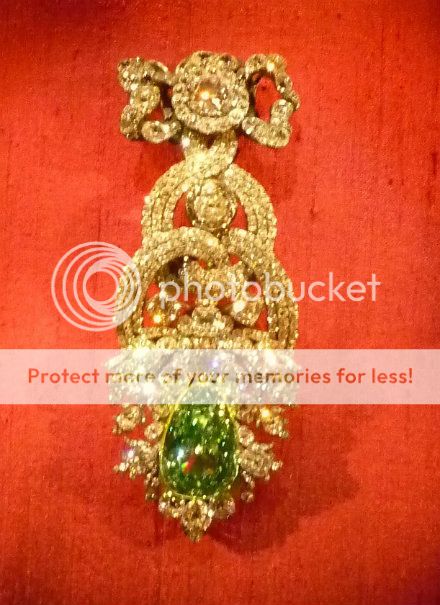
The Dresden Green Diamond is the world's largest green color diamond (40, 72 carats).
It is kept in a museum inside the castle in Dresden. The green color is extremely rare in diamonds, and it is believed to be due to exposure to radioactive materials.
The diamond probably came from the famous Golconda mines in India, but the date of its discovery is not known. The earliest records of its existence date back to 1722, as reported in an article in a British magazine. A Dutch merchant sold it, during the Dresden fair in 1742, to King Augustus III of Poland.
In 1768 the diamond was added to an extremely valuable ornament, comprising two large carat diamonds and 411 precious stones of medium-sized or small.
In 2000, Winston jewelry store in New York organized an exhibition of jewelry to the Smithsonian Institution in Washington, in which also the Dresden Green Diamond and the Hope, the largest blue diamond in the world, appearedThe Regént
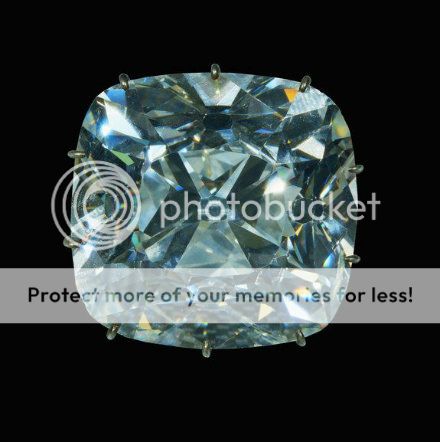
The Regent is a diamond of 140.64 carats with brilliant cut, almost colorless (slightly blue), discovered in 1698 in Golconda, India.
When it was discovered it weighed 426 carats and was bought by the governor of Madras, the Englishman Thomas Pitt, for an amount equivalent to about one hundred thousand dollars. The gem was brought to England in 1702 for the cut, which was executed in brilliant (a new techniqueat that time, which seems to have been designed by jewelers in Venice), taking the final weight of 140.64 carats (about 28 grams). From rough diamond were obtained several smaller diamonds, which were sold to the Russian Tsar Peter the Great.
On 6 June 1717, the Regent of France, Philip II of Orléans, bought for 135,000 pounds from Pitt what was then the largest diamond in the world. Since then, it became known as "Le Régent."
Since then, the diamond was part of the crown jewels of France, and embellished the crown of King Louis XV. In 1804, Napoleon Bonaparte wanted the diamond Régent were embedded in the hilt of his sword.
In 1887 it was sold to private owners and is now preserved in the Louvre Museum in Paris.The Sancy
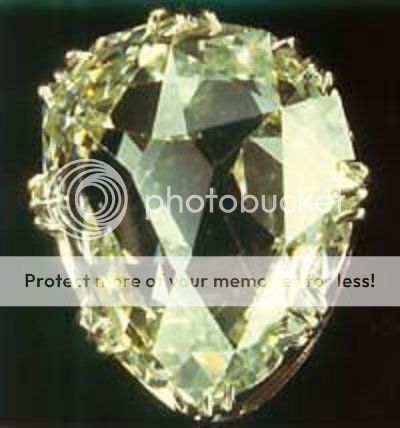
The Sancy, also called the Grand Sancy, is a famous diamond of 55.23 carats, slightly yellow, cut in the shape of a shield. In addition to its remarkable caliber the Sancy is famous for its long history, linked to many European monarchs and prominent families.
The Sancy diamond is still preserved in the gallery of Apollo in the Louvre, along with other famous diamonds belonged to the French crown, including the Régent and Hortensia.The Koh-i-Noor
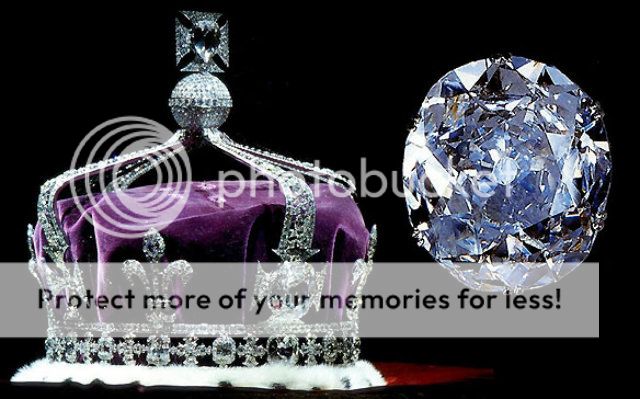
The Koh-i-Noor is a famous diamond of 105 carats (21.6 g) which was for a long time the largest known diamond in the world.
The first written mention of a diamond whose description matches the Koh-i-Noor is found in the memoirs of Babur, the first Mogul ruler of India, in 1526. The stone was part of a haul of jewelery seized by Babur following a victory.
It belonged to various Indian and Persian rulers who fought bitterly for it at various times in history; later became the spoils of war, and to the end became part of the British Crown Jewels when British Prime Minister Benjamin Disraeli proclaimed Queen Victoria Empress of India in 1877. The diamond still weighed around 186 carats but as he had already told the Marquis Dalhousie , governor General of India had already told : "The Koh-i-Noor is badly cut, it is not bright." In fact its rose cut did not highlight its beauty. It was for this reason that the Prince Consort Albert made the decision to get it cut out. With the new oval cut, the Koh-i-Noor became much brighter, but at the expense of its own weight they lost nearly 42%, rising to 105 carats, today.
Come tutti i gioielli importanti, il Koh-i-Noor porta con sé molte leggende; si ritiene infatti che porti molta sfortuna o addirittura la morte a qualunque maschio osi indossarlo o solo lo possieda. Viceversa si ritiene che porti fortuna alle donne che lo possiedono.
Nel rispetto di questa leggenda il diamante è ora montato sulla corona della regina madre - unica corona realizzata in platino - perciò l'ultima persona ad averlo indossato è stata Elizabeth Bowes-Lyon, moglie di Giorgio VI e madre della regina Elisabetta II.
Like all important jewels, the Koh-i-Noor carries with it many legends; It is argued that it bring bad luck or even death to any male or dare to wear it only possesses it. Conversely, it is believed it brings good luck to women who possess it.
In keeping with this legend, the diamond is now mounted on Queen mother's the crown - the only crown made of platinum - so the last person to have worn it was Elizabeth Bowes-Lyon, wife of George VI and mother of Queen Elizabeth II.
It is located at the London Tower.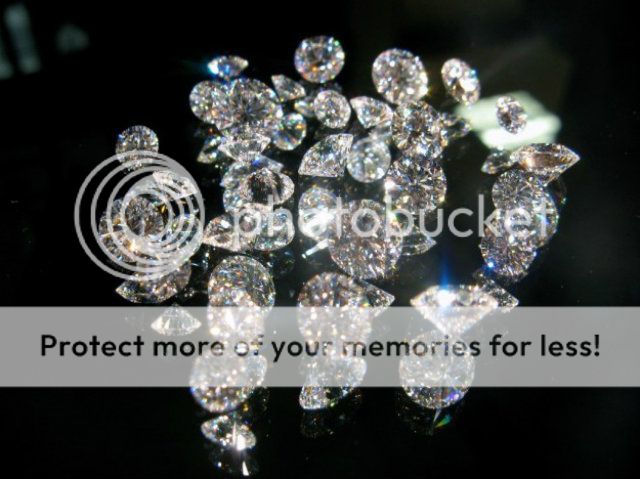
Whatever the cut, the brilliant, the heart, the oval brilliant , the marquise or shuttles, the huit-huit, the drip, the emerald, the yoke, the baguette, the trapezoid, the Dutch rose, the rosette (disused) or other newer cuts that are slowly emerging in the field of jewelry: the princess, the radiant, and cushion the barion remember that ..."Diamonds are a girl's best friend..."
Marilyn Monroe - Diamonds are a girl's best friend - Valentine Gift - Movie Scene HD
by marcello6878x
[URL=http://it.wikipedia.org/wiki/Diamante]http://it.wikipedia.org/wiki/Diamante[.
The Diamonds' Charm01 Giugno 2014 |


